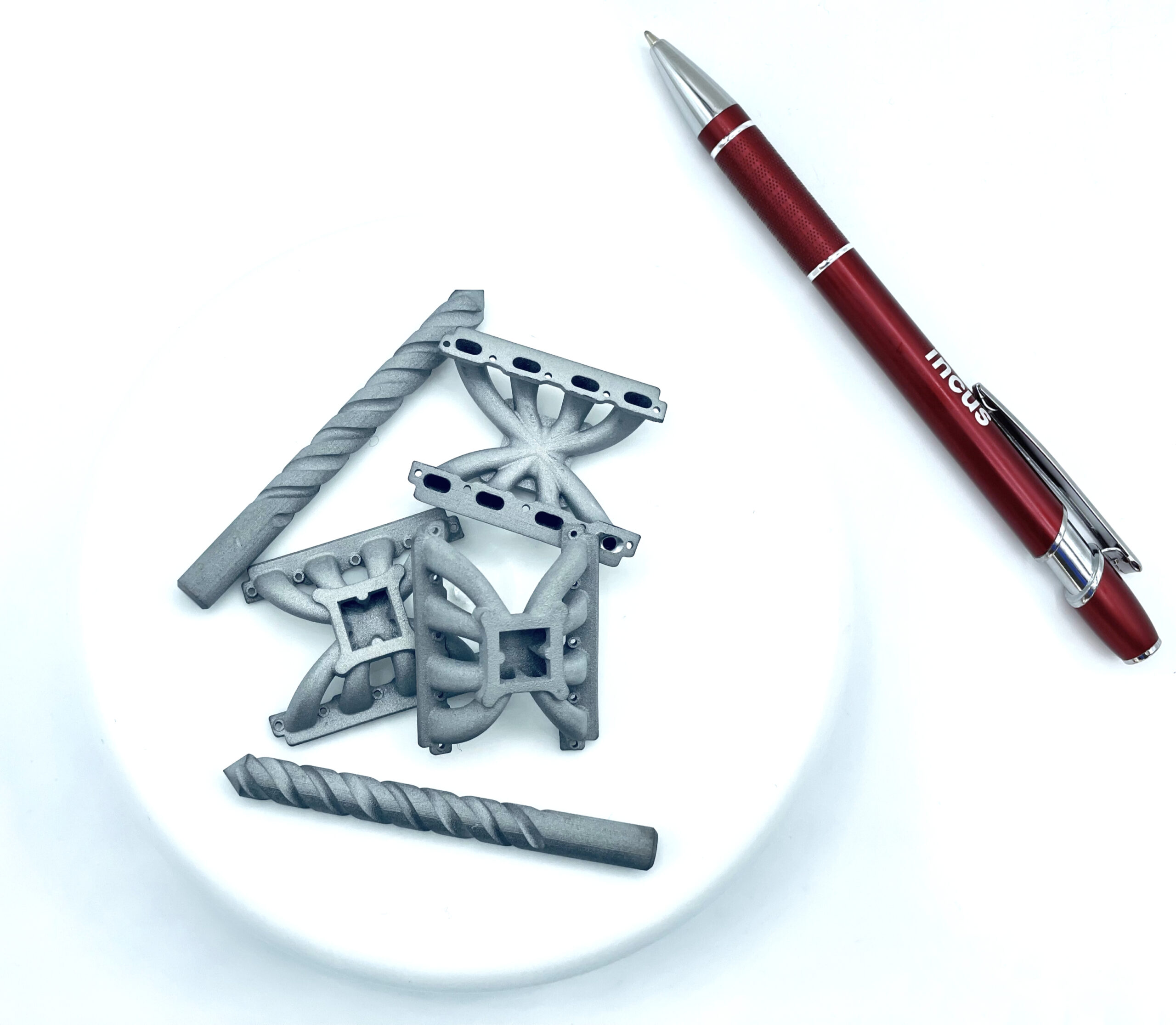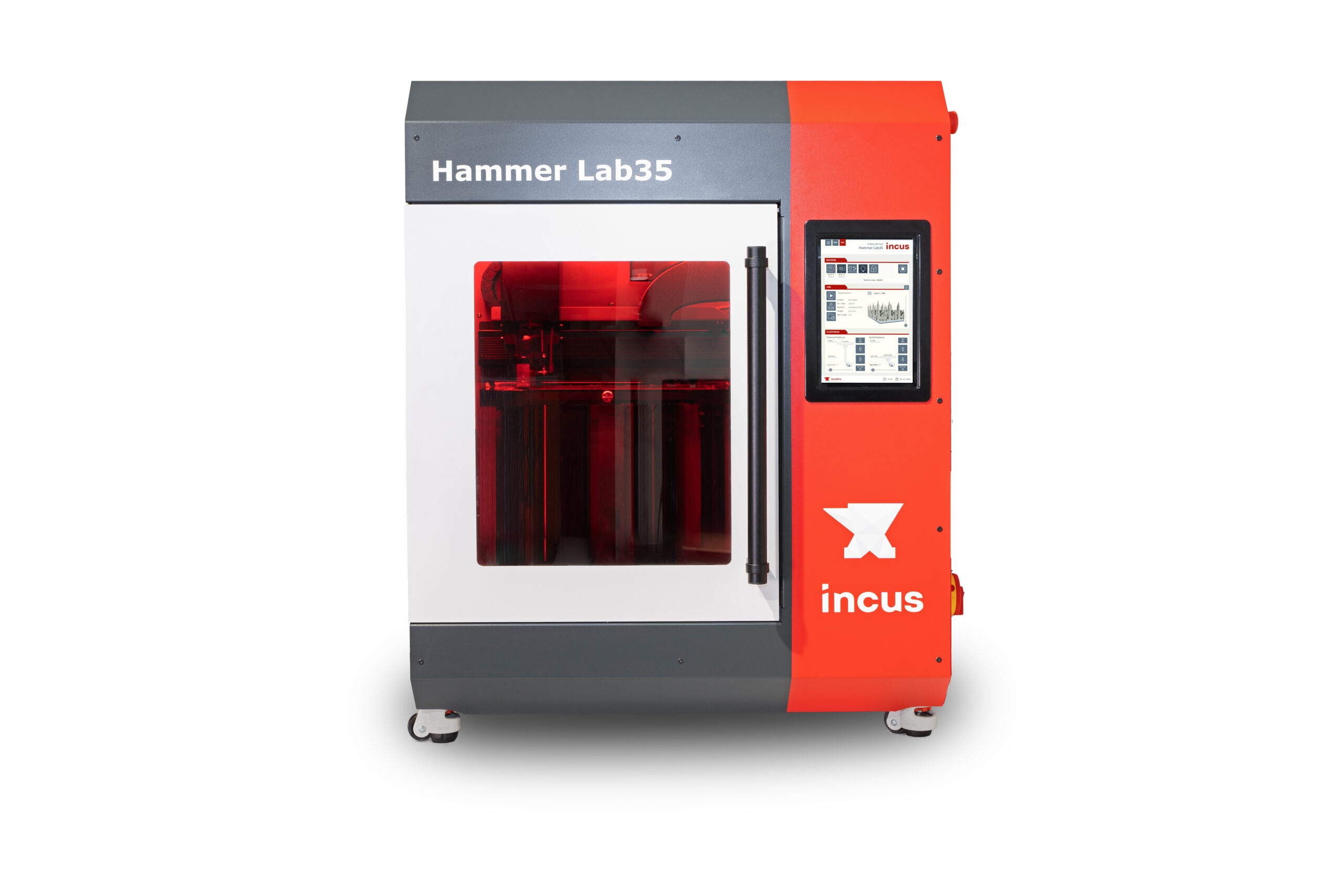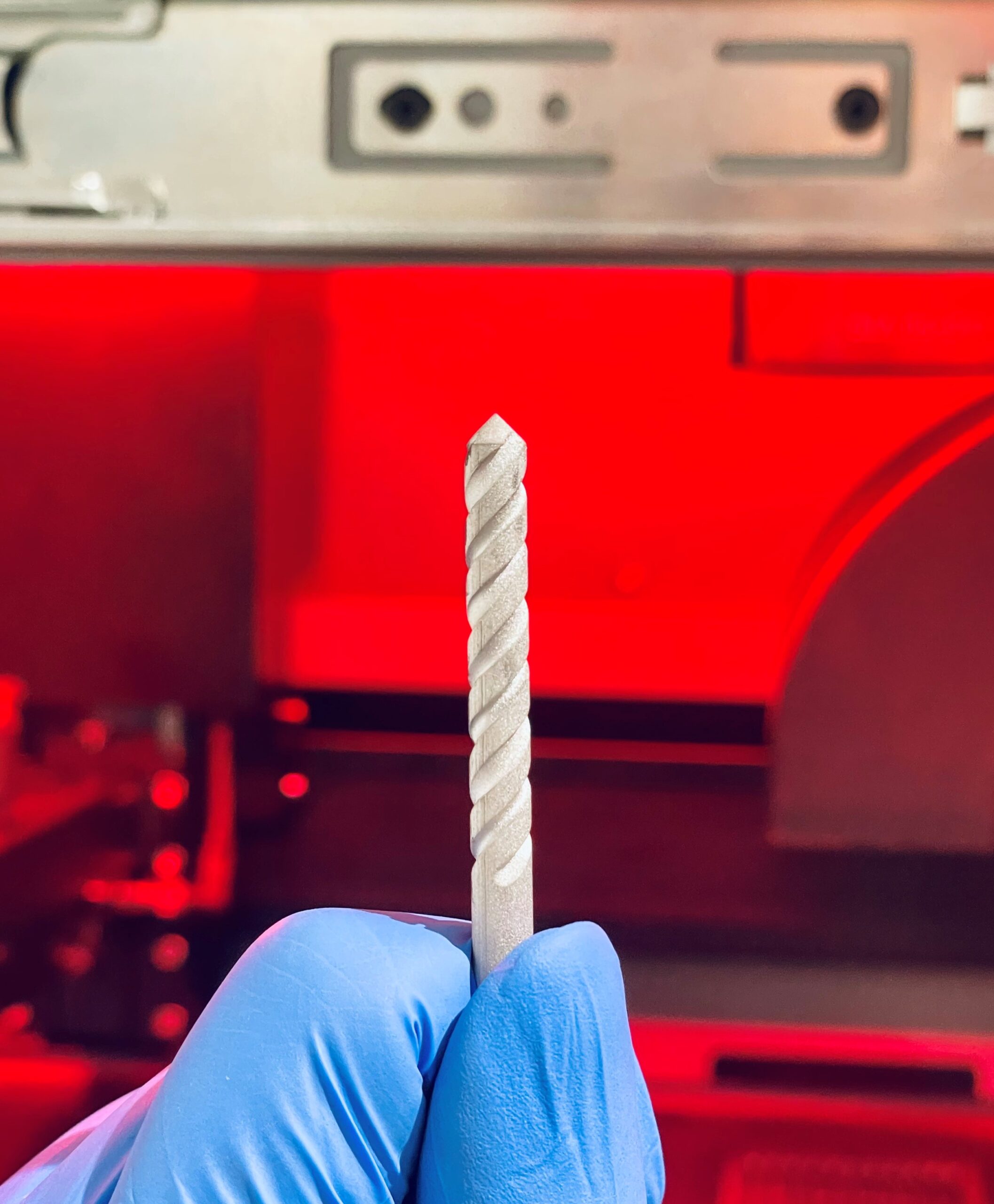In an exciting leap for 3D printing in space, Incus, a dynamic offshoot of Lithoz, has successfully wrapped up an 18-month project demonstrating how lithography-based metal manufacturing (LMM) might just be the future of sustainable living on the Moon. In collaboration with the European Space Agency (ESA), OHB System, and parent company Lithoz, Incus has delved into the realm of 3D printing and zero-waste processes in an environment quite unlike any on Earth: the lunar surface.
Based in Vienna, Austria, Incus is at the forefront of high-performance metal additive manufacturing (AM). Its game-changing LMM technology prints with recycled metal waste and is a promising candidate for sustainable processes in harsh lunar conditions. The joint project aims to turn lunar scrap metals and resources into high-quality printed parts, thereby enabling the production of spare parts directly on the Moon. This strategy aligns with a concept known as in-situ resource utilization (ISRU), which aims to leverage available materials in space to support ongoing missions – such as creating fuel, building materials, or in this case, constructing spare parts. By harnessing what’s readily available, space crews could significantly cut the cost and complexity of space missions, paving the way for sustained human presence beyond Earth.
“Imagine turning what is essentially lunar junk into valuable resources. This project has shown us that it’s not only possible but also practical to use LMM technology. It uses recycled powder for the feedstock material and provides a sustainable zero-waste workflow,” said Incus CEO Gerald Mitteramskogler, anticipating further progress in metal recycling technologies for the lunar environment.
Facing challenging obstacles from the harsh lunar environment – including its sparse atmosphere and gravity, extreme temperatures, radiation, and potential moon dust contamination – Incus’s 3D printing solution, Hammer Lab35, rose to the occasion. Using recycled Titanium powder for printing, the resulting parts exhibited a strength on par with the standards of metal injection molded titanium parts.
Taking center stage was Incus’s Hammer Lab35, a powerful example of LMM technology. Initially launched at Formnext in 2019, it has since been under constant development, with its performance keenly observed and tested at various institutions, such as the Institute for Precious and Technology Metals at Pforzheim University. Its capabilities extend to fine feature resolution, excellent surface aesthetics, and robust mechanical properties for part sizes less than 200g. It also boasts a print speed of up to 100 cubic cm per hour and a lateral resolution of 35 microns (µm), making it an ideal tool for manufacturing on the Moon.
As part of the project’s advancements, the LMM technology demonstrated the ability to print from scrap metals using a pre-mixed feedstock, bypassing the need for loose powder and support structures, and heralding an eco-friendly, waste-free workflow. The project ambitiously included the development of a green binder and optimizing pre- and post-processing steps to print and test various demonstrators for future lunar applications.
Martina Meisnar, Materials, and Processes Engineer at ESA, emphasized that the project’s optimal scenario for the 3D printing habitat on the Moon base is akin to that on Earth, with reduced gravity and human-grade radiation shielding. She added, “Considering the challenge of bringing humans back to the Moon and building a base, ISRU is gaining significant momentum. Recently completed by Incus and project partners, projects like this illustrate that manufacturing methods like LMM are promising candidates to support such an endeavor.”
“Through this successful collaboration, we showed that lithography-based AM techniques are among the most promising candidates to let 3D printing in space become a reality in the future,” concluded Lithoz’s Head of Material Development, Martin Schwentenwein.
Francesco Caltavituro, System Engineer for the project at OHB, pointed out the importance of local lunar resources and recycling old spacecraft for a sustainable and Earth-independent Moon base.
“Through this project, we’ve proven that the LMM technology can use recycled powder sources as feedstock material. It was also demonstrated that contaminations from lunar regolith simulant are manageable, particularly from the perspective of the printing process. With these aspects in mind and the future challenges already foreseen and anticipated, upcoming research and development will continue to pave the way towards a sustainable Moon settlement finally independent from Earth.”
Since its inception in 2019, Incus has continually pursued and invested in the potential of LMM processes. With customers worldwide, the Hammer Lab35 machine is influencing the metal injection molding (MIM) field thanks to its fine feature resolution, surface aesthetics, and mechanical properties for part sizes under 200g. Incus is focused on delivering an AM solution that can easily integrate into existing MIM production lines while encouraging advances in research and development departments.
The results of Incus’s project are of great importance for the future of space exploration and the creation of sustainable Moon bases. The team has found that the optimal scenario for 3D printing on a Moon base would closely mirror that on Earth, given reduced gravity and sufficient radiation shielding. This means major redesigns or modifications to the 3D printer would not be necessary, aside from size, mass, and volume adjustments.
As we move closer to realizing human settlement on the Moon, projects like Incus’s are paving the way. “LMM are very good candidates to support such an endeavor,” highlights Meisnar. Through the promising results of this project, Incus continues to prove its strength in the 3D printing ecosystem, potentially meaning that we’re one step closer to a sustainable Moon settlement that could finally be independent of Earth.
Images courtesy of Incus
Subscribe to Our Email Newsletter
Stay up-to-date on all the latest news from the 3D printing industry and receive information and offers from third party vendors.
You May Also Like
Gorilla Sports GE’s First 3D Printed Titanium Cast
How do you help a gorilla with a broken arm? Sounds like the start of a bad joke a zookeeper might tell, but it’s an actual dilemma recently faced by...
Nylon 3D Printed Parts Made More Functional with Coatings & Colors
Parts 3D printed from polyamide (PA, Nylon) 12 using powder bed fusion (PBF) are a mainstay in the additive manufacturing (AM) industry. While post-finishing processes have improved the porosity of...
$25M to Back Sintavia’s Largest Expansion of Metal 3D Printing Capacity Since 2019
Sintavia, the digital manufacturing company specializing in mission-critical parts for strategic sectors, announced a $25 million investment to increase its production capacity, the largest expansion to its operations since 2019....
Velo3D Initiates Public Offering in a Bid to Strengthen Financial Foundations and Drive Future Growth
Velo3D (NYSE: VLD) has been among a number of publicly traded 3D printing firms that have attempted to weather the current macroeconomic climate. After posting a challenging financial report for 2023,...



































